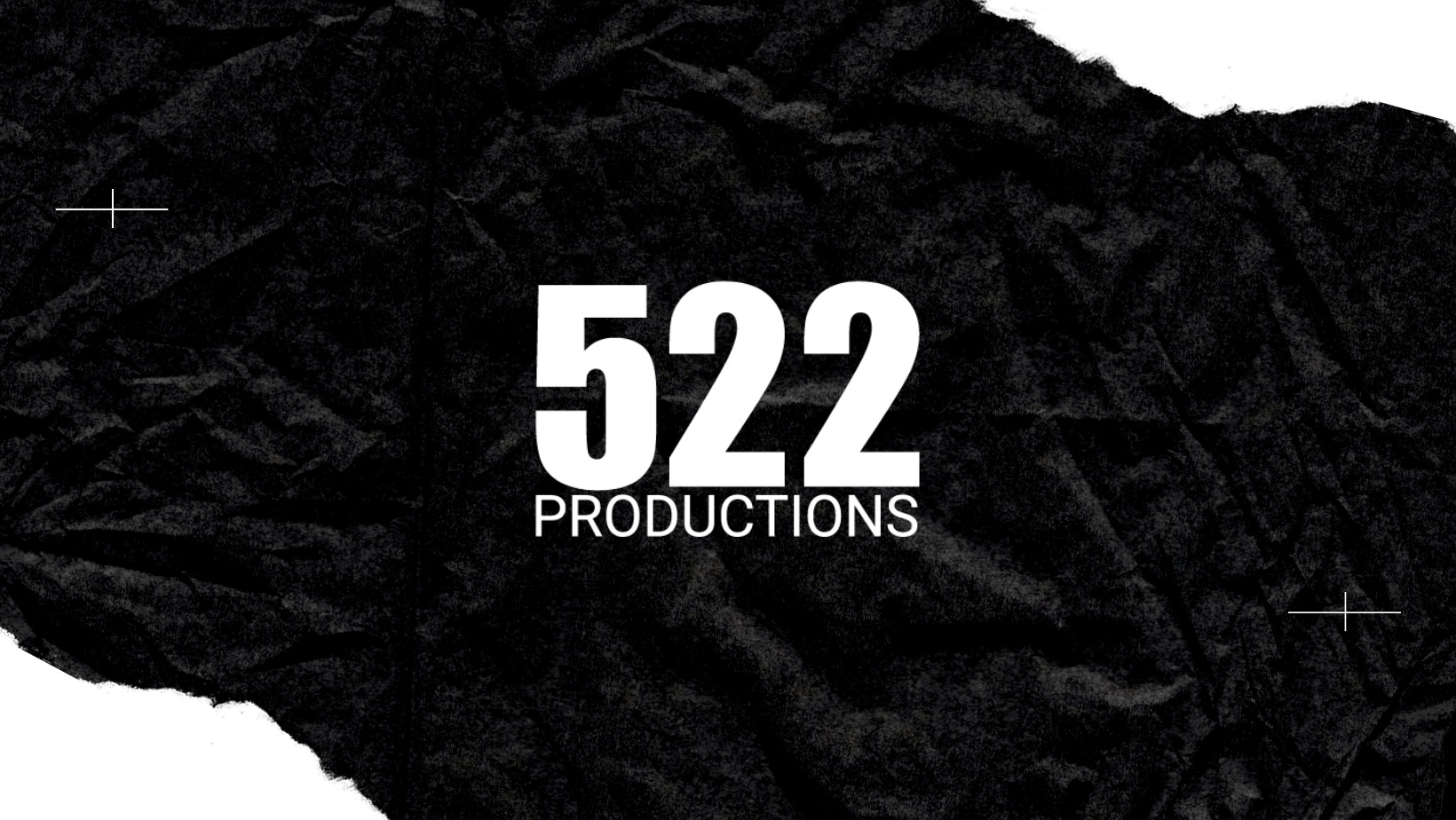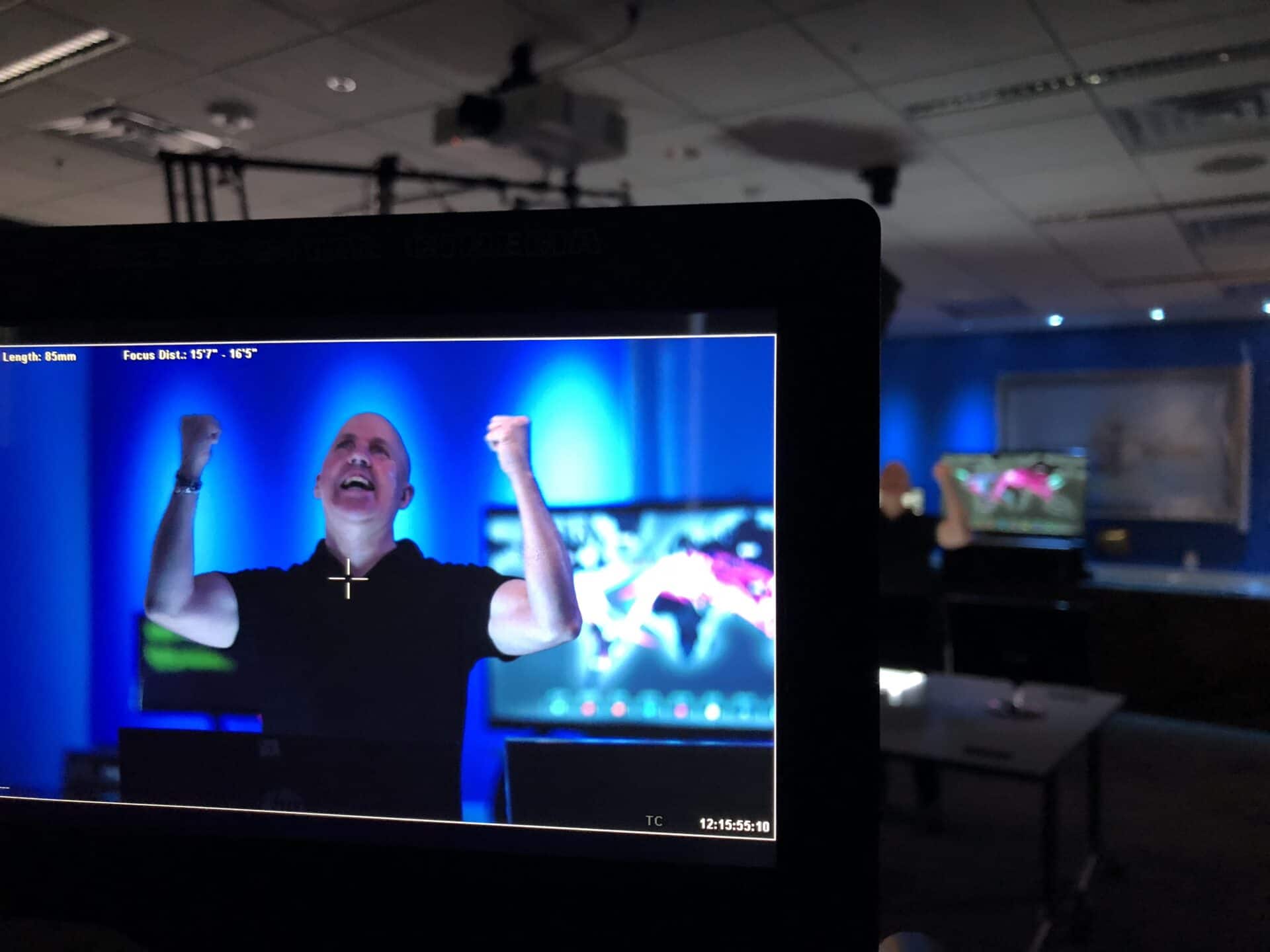The art of criticism

June 1, 2011
The creative process is a very unstable thing. Once a designer is given an objective the proverbial clean slate is a mash of horrifying accidents, experiments and whatever we learned about color in the third grade. We make hundreds of caffeinated decisions at lighting speed, and in the middle of this subjective process we have […]
TIPS FOR RECIEVING A CLIENT CRITIQUE
The creative process is a very unstable thing. Once a designer is given an objective the proverbial clean slate is a mash of horrifying accidents, experiments and whatever we learned about color in the third grade. We make hundreds of caffeinated decisions at lighting speed, and in the middle of this subjective process we have to stop and show our work objectively to the client. The client critique can be a frightening task but can also be very rewarding. Here are couple things to keep in mind when receiving your next client critique.
IT’S NOT PERSONAL. IT’S BUSINESS.
Even though you may have worked on this project tirelessly and missed the birth of your first child, you must not take the feed back personally. The client has a job to make sure their message is spoken clearly to their audience and they will do anything to reach that objective. You have a job to do and so do they. Keep a constructive mindset and you will construct beautiful things.
BE READY TO DEFEND
You are the creative force that is driving the project. They hired you for your creative expertise. So when feedback does come back and it doesn’t align with your vision, you have a right to defend your work. Be ready to back up any decision you made. Always be prepared to say “why”. “This is why I did this” or “this is why this works”. Usually a simple explanation can change the perspective of the client.
TRANSLATE
Usually there is a language barrier between the creative world and the client world. Your client doesn’t always speak “designeese” or have a copy of the latest issue of “Advance Photoshop”. So be ready to translate what the client is trying to say. For example, I had a client that kept referring to tag-lines, which where nowhere in the project, but soon realized they meant headlines. Or, the client may come at you with words like “dynamic”, “pop”, “innovate” or my favorite, “glow”. If you feel like you are lost in translation just ask “what do you mean by that?” The client can be just as nervous to talk about something they aren’t sure of as you are at taking criticism.
COLLABORATE
Constructive criticism is also a collaborative process. It is an opportunity to reassess the objective at hand and strive for the best outcome possible. It is a time to put everything on the table and make sure everyone is heading in the same direction. You can take the client’s critiques and approve your design for the better. After all, we all have the same goal so make sure you are a team player. No one likes the loaner design snob.
CLARIFY
At the end of the client critique it is always best to capture the changes because the next time you show this piece the goal should almost be at hand. It is ok to critique the critique and find what changes you agree with and what may be off target. It is best to get your notes into an email and get it out to the client to say, “ok, this what I heard and where we are going.” That way it is digitally documented and if anyone has any more questions they can easily be answered for all to see. Clear communication is key to a successful project.
If done correctly constructive criticism can be the hand that holds the brush. It isn’t the creative force behind your masterpiece but has the ability to translate your objective to the audience. The American writer, Elbert Hubbard once said, “To avoid criticism, do nothing, say nothing, and be nothing.” In my mind if you are being criticized it means you are being noticed.





